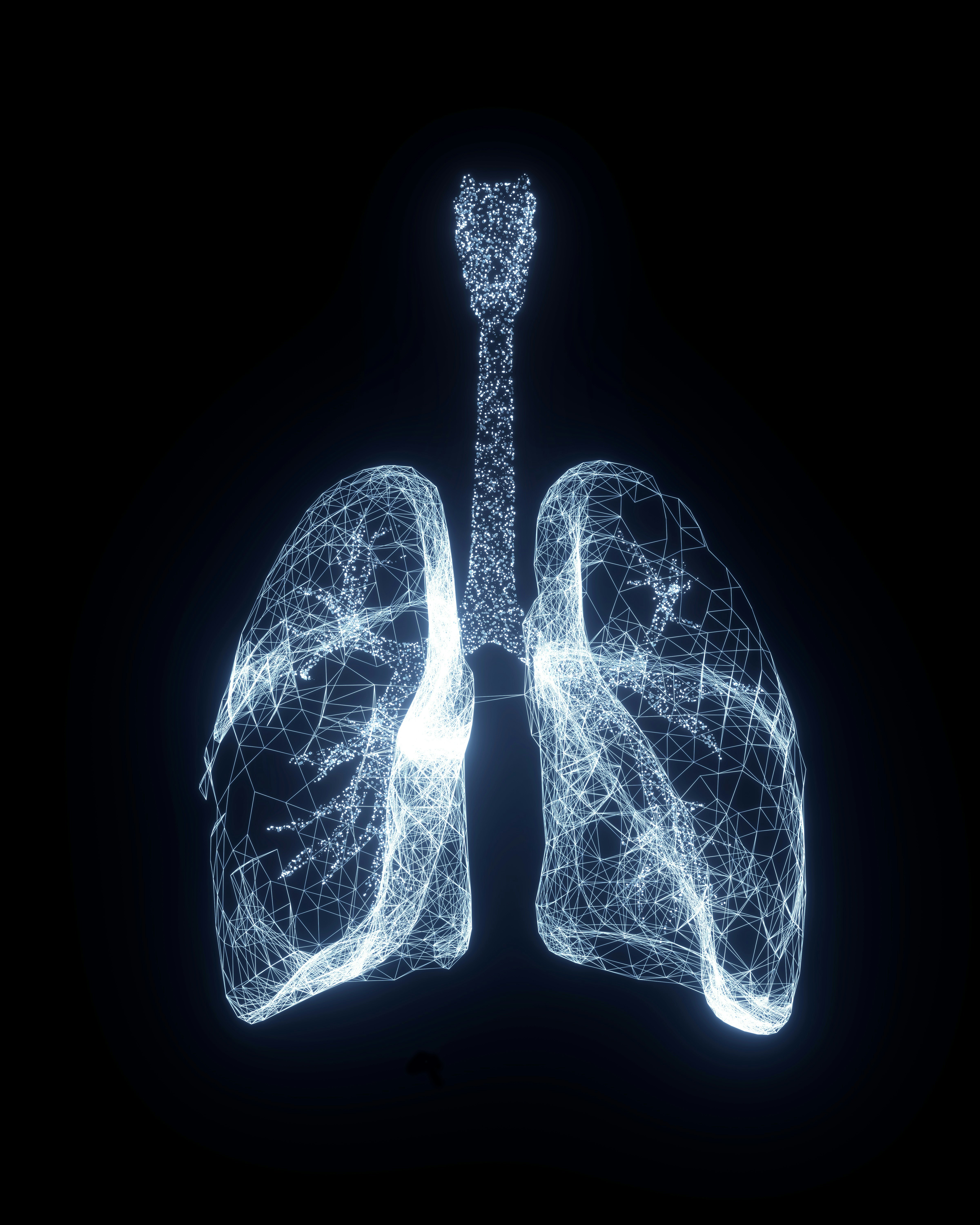
Beth made it until October 2021 before she finally contracted Covid-19. As a teacher in a private middle school, she was surprised it hadn’t happened sooner. But what really shocked her was that when it did hit her, it hit her hard.
Beth, who requested Inverse not use her full name for privacy reasons, recalls her symptoms: A high fever, a dry cough, body aches, and anosmia (loss of the ability to smell).
“I was out for a full two weeks and I was still dealing with fatigue, brain fog, and lack of smell into the third week,” she says.
Despite feeling sicker than she could remember ever feeling before, Beth had what clinicians term “mild Covid-19.”
“If that was mild,” she says, “I can’t imagine the hell that is moderate or severe Covid.”
The National Institutes of Health defines a person with “mild” Covid-19 as someone who has “a variety of signs and symptoms (e.g., fever, cough, sore throat, malaise, headache, muscle pain, nausea, vomiting, diarrhea, loss of taste and smell). They do not have shortness of breath, dyspnea on exertion, or abnormal imaging.” In other words, symptoms short of struggling to breathe, low body oxygen, and tissue damage might be called “mild.”
Robert Rodriguez, an emergency medicine physician and professor of emergency medicine at the University of San Francisco Medical School, tells Inverse the term “mild Covid-19” has less to do with how you feel and is more of a diagnostic matter.
“When [doctors] say mild Covid, they’re not really referring to symptoms, other than shortness of breath,” he says. “What they’re referring to is ‘does this person need to be in the hospital or not?’”
That definition doesn’t always square with how people experience a “mild” case of Covid-19. In turn, this begs the question: Do the definitions established early in the pandemic — when hospitalization was a greater concern — still make sense two and a half years, several vaccines, and various treatment options later?
What is mild Covid-19?
Put simply, mild Covid-19 is an infection in which the patient doesn’t require hospitalization. If you can manage your symptoms at home, either alone or under a loved one’s care, then your case of Covid-19 is considered mild.

“Illness that can be managed at home can be very trivial with hardly any symptoms, all the way up to symptoms that really cause a fair amount of distress,” William Schaffner, an expert in infectious diseases at Vanderbilt University Medical Center, tells Inverse.
“The description of Covid as a ‘bad cold’ can be accurate for some people. But it can also underestimate the nature of the illness for some people, as long as they don’t require hospitalization, which is the most severe disease.”
Global pandemics put enormous stress on hospital systems and distinguishing who requires hospitalization — and who doesn’t — matters. It allows public health bodies to understand what percent of Covid-19 patients need medical intervention as well as who are most at risk of hospitalization or death. It also allows them to track metrics like what percent of people go on to develop Long Covid.
A “mild illness” designation for what feels like debilitating symptoms can be confusing or even upsetting for people like Beth, who had expected that mild illness would feel more…mild.
In some ways, it’s like having food poisoning. You can be laid out on the bathroom floor, feeling like death, rating your discomfort a 10 out of 10. If you don’t require intravenous fluids or hospitalization, however, it might still be considered a “mild” case of food poisoning.
In turn, it may be more useful to think of “mild” versus “severe” in terms of “likelihood you’ll need hospitalization” than as measures of symptom severity.
Is there “moderate” Covid-19?
A mild case of Covid-19 can mean existing in a feverish, diarrhea-laden hellscape for two weeks. So you might wonder what constitutes a moderate Covid-19 infection.
The National Institutes of Health says someone has a moderate case of Covid-19 if they have “evidence of lower respiratory disease during clinical assessment or imaging and who have an oxygen saturation (SpO2) ≥94% on room air at sea level.”
People in this group are basically in the “uncertain” category. They don’t need to be hospitalized immediately, but depending on how the disease progresses, they may need to be hospitalized later.
To understand these designations, it’s helpful to recall how the virus infects people, and how vaccines are so effective at preventing hospitalization and death, but are not as effective at preventing infection.
“It’s very easy for the virus to grab onto the cells of our mucus membranes that are exposed to the air, like the nose and the back of our throat, even the upper part of our lungs,” Schaffner says. “It’s very hard for our immune system to fend that off on the surface.”
This is also why so many mild Covid-19 infections present as upper respiratory infections: It’s hard for our immune system to detect and fight the virus at that surface level. Vaccines in the form of nasal sprays could shift that dynamic, and scientists are working hard to develop one.

Once the virus travels deeper into our cells and bloodstream, it has the potential to do more serious damage. Fortunately, this is also where vaccine-primed immune cells are most likely to detect and successfully fend off the infection.
The moderate Covid-19 designation is based on evidence that the virus has gone beyond causing an upper respiratory infection and is affecting some of those deeper systems. How much it affects these systems will likely determine if a person needs hospitalization, tipping the status of their infection from “moderate” to “severe.”
Should we stop using “mild,” “moderate,” or “severe” to describe Covid-19?
Schaffner and Rodriguez admit these are not perfect descriptors but stress that they’re more for clinicians than the general public.
Schaffner underscores the importance of checking in with your healthcare provider about your symptoms because the designations of “mild, moderate, and severe” are not universally accurate.
“There is ample room for a medical professional’s judgment,” he says.
“A lot will depend on who the person affected is. If the person is 78 years old and has underlying heart and lung disease, they have a much higher risk of being hospitalized than a healthy, 30-year-old runner, even if initially their symptoms are of similar severity.”
Rodriguez acknowledges that such a broad definition of mild may lead people to engage in riskier behaviors, thinking that mild infection translates to mild symptoms. Still, changing these designations now may lead to more confusion than anything beneficial.
“When we say mild, we’re not in any way diminishing patient's symptoms,” he stresses. “We’re just talking about whether or not the infection is life-threatening.”







